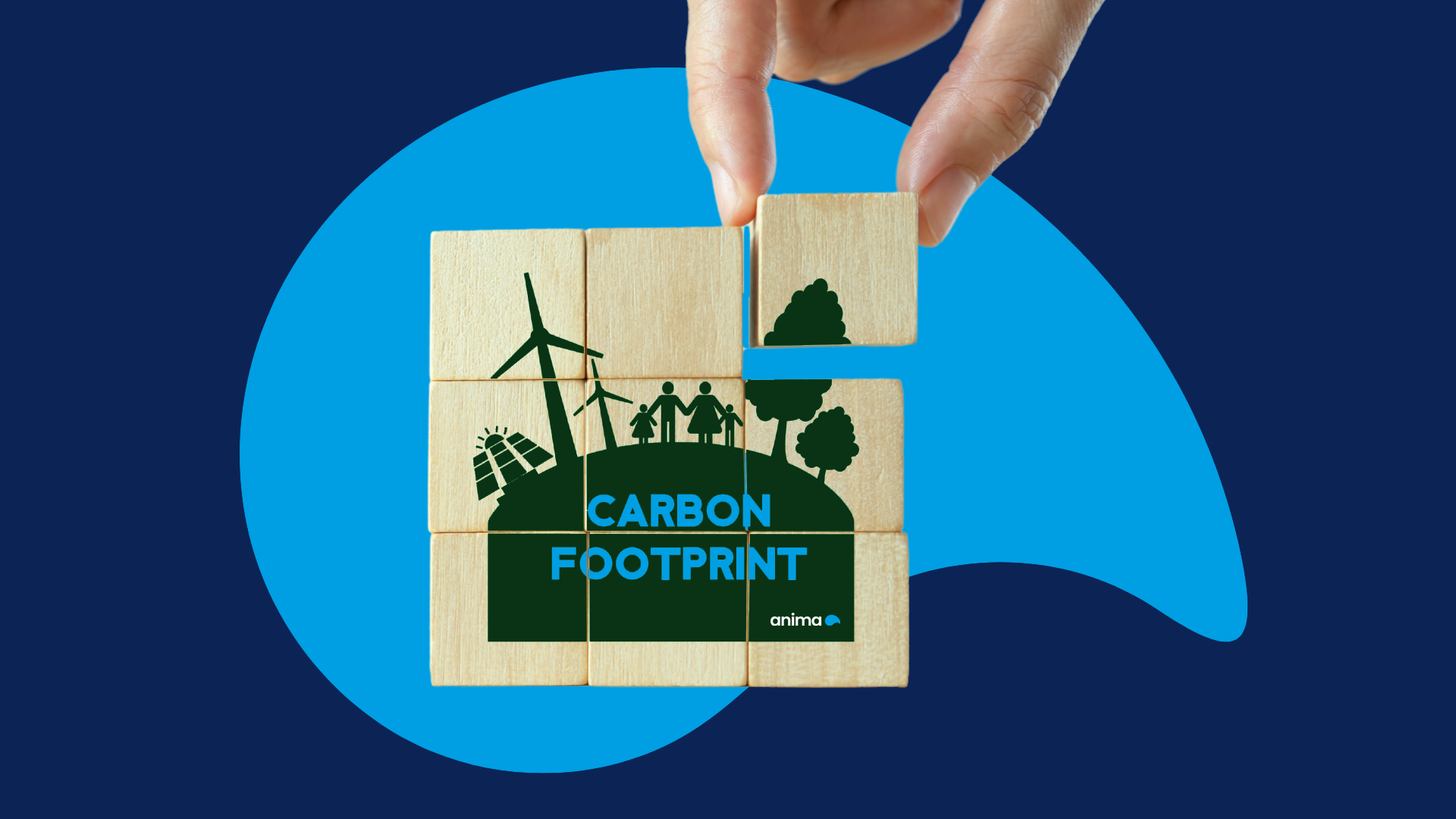

July, 2025
Sustainability is no longer just a trend; it is a social, corporate, and ethical requirement, where consumers demand consistency. Brands that do not integrate sustainability criteria into their decisions risk losing relevance, trust... and customers.
It is no longer enough to promise to be "green"; you have to prove it with visible actions. One of the most overlooked areas in this process is advertising, especially when it comes to its environmental impact. This brings up an uncomfortable but urgent question: how polluting is your media plan?
Carbon Footprint in Advertising Media: What Are We Talking About?
The carbon footprint measures the amount of CO₂ emissions generated by an activity. For media, it is calculated in grams of CO₂ per 1,000 advertising impressions.
One of the latest studies by Green GRP (experts in media sustainability) reveals data about the emissions associated with different advertising formats. The results are, to say the least, interesting:
*Emissions per 1,000 advertising contacts.
What Do These Numbers Mean?
Analyzing the chart above, three key conclusions emerge:
1. Digital Media Are (Relatively) Clean
With just 13 grams of CO₂ per 1,000 impressions, online advertising remains one of the cleanest advertising options. However, the myth that "digital doesn't pollute" is debunked: servers, data centers, user devices, and the millions of daily impressions accumulate grams of CO₂.
2. OOH and Radio: Traditional Media Are More Sustainable Than They Appear
Both outdoor advertising (OOH) and radio have a much lower carbon footprint than many people assume. This is partly because their infrastructures are already installed and they do not rely on energy-intensive processes like television or print media.
OOH (billboards, mupis, scrollers), in particular, emerges as a high visibility, low environmental impact option, with only 55g per 1,000 impressions, while premium screens (public video) have nearly a zero footprint, with only 5g per 1,000 impressions.
3. Television and Print Media: The Major Emitters
Surprisingly, television generates 828g of CO₂ per 1,000 impressions, while print media reaches the alarming figure of 9,067g. This makes sense because print media involves energy for production, printing, distribution, and waste management of each copy.
For television, the CO₂ generation comes from the constant energy demand for production, broadcasting, and viewing.
How to Integrate Sustainability into Your Media Planning
Now more than ever, brands must plan with purpose, which does not mean sacrificing effectiveness, but choosing media that balance profitability and results with environmental responsibility.
Some key strategies to achieve this much-desired integration of sustainability in a profitable media plan include:
The Value of Communicating with Consciousness
Today's audiences are more critical and aware than ever. 79% of consumers seek brands aligned with their values and lifestyle, and expect those brands to act responsibly regarding the climate crisis.
This also applies to where and how they communicate their messages. Therefore, today, choosing a medium is not just a strategic or economic decision; it's a declaration of values that can become a differential advantage over your competitors, improve your campaign metrics, and, most importantly, provide a media plan that supports your values.
Conclusion: The Future of Advertising is Also Green
The brands that will lead the next decade are those that manage to align impact, relevance, and sustainability. To achieve this, they need to review not only what they say in their campaigns but also where they say it and how they do it.
Choosing media with a low carbon footprint is not only a responsible decision; it is also a competitive advantage in a world where communicating with consciousness makes a difference.
Ready to audit your next campaign and turn it into a purposeful advertising action?
Contact us. We can help you build a sustainable, effective, and brand-aligned media strategy.